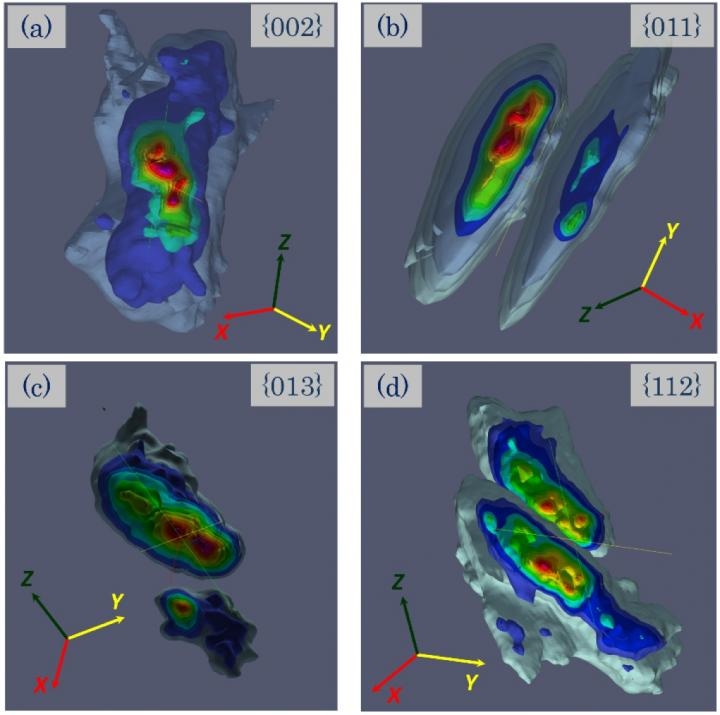Nov 7 2018
An international scientific team, which included the scientists and alumni of Peter the Great St. Petersburg Polytechnic University (SPbPU) have formulated a new technique for measuring the response of crystals on the electric field.
 The international scientific team developed a new method for measuring the response of crystals on the electric field. (Credit - Peter the Great St. Petersburg Polytechnic University)
The international scientific team developed a new method for measuring the response of crystals on the electric field. (Credit - Peter the Great St. Petersburg Polytechnic University)
The results from the joint research conducted at the European Synchrotron Radiation Facility (ESRF) were reported in the Journal of Applied Crystallography and appeared on the cover of the October issue.
According to the international team comprising of researchers from Israel, China, Russia, and England, this technique will help to implement new functional materials and enhance existing ones.
“The study is dedicated to crystalline materials (ferroelectric), which are used in a variety of devices from sonars for submarines to elements of ultrasonic diagnostic devices”, said researcher of the Swiss-Norwegian Beam Lines at ESRF and the "Physical Electronics" Department of SPbPU Dmitry Chernyshov. He emphasized that enhancing the properties of such materials is a very significant scientific task.
The researcher said that comprehensive three-dimensional scattering maps were gathered during the synchrotron experiments at the ESRF. These maps carry complete information about the crystal’s structure and its response to the electric field. Next, a mathematical technique was invented for digging out the applicable information from such maps. The crystals under analysis were positioned in a special cell for the application of electric field. The cell was built by the alumni of St. Petersburg Polytechnic University Tikhon Vergentiev as part of his PhD project during his internship at the ESRF.
As Dmitry Chernyshov elucidated that the structure of crystals can be expressed in different spatial scales. The structure can be described at the atomic level or at the level of large blocks of the atomic structure (domains, structural defects, boundaries between domains). When the external conditions vary (pressure, temperature, etc.), all constituents of the structure react differently. The study team examined the response of the material to the electric field, which appears in its atomic and domain structures.
In the framework of one experiment we were able to see how the different levels of the structural hierarchy react to external influences: if we measure and describe the response of individual components of a complex system, as well as their interaction, it is going to be possible to rationally control the structure and properties of such materials.
Dmitry Chernyshov, Researcher, Swiss-Norwegian Beam Lines, ESRF and "Physical Electronics" Department of SPbPU.
The researchers anticipate that the acquired results will be useful to many specialists: it will help chemists to tweak the chemical composition and crystal structure, and materials scientists will be able to use new tools for exploiting the large blocks of structure, domains (domain engineering). According to researchers, this will pave the way to the enhancement of the properties of materials used in ultrasonic diagnostic devices.